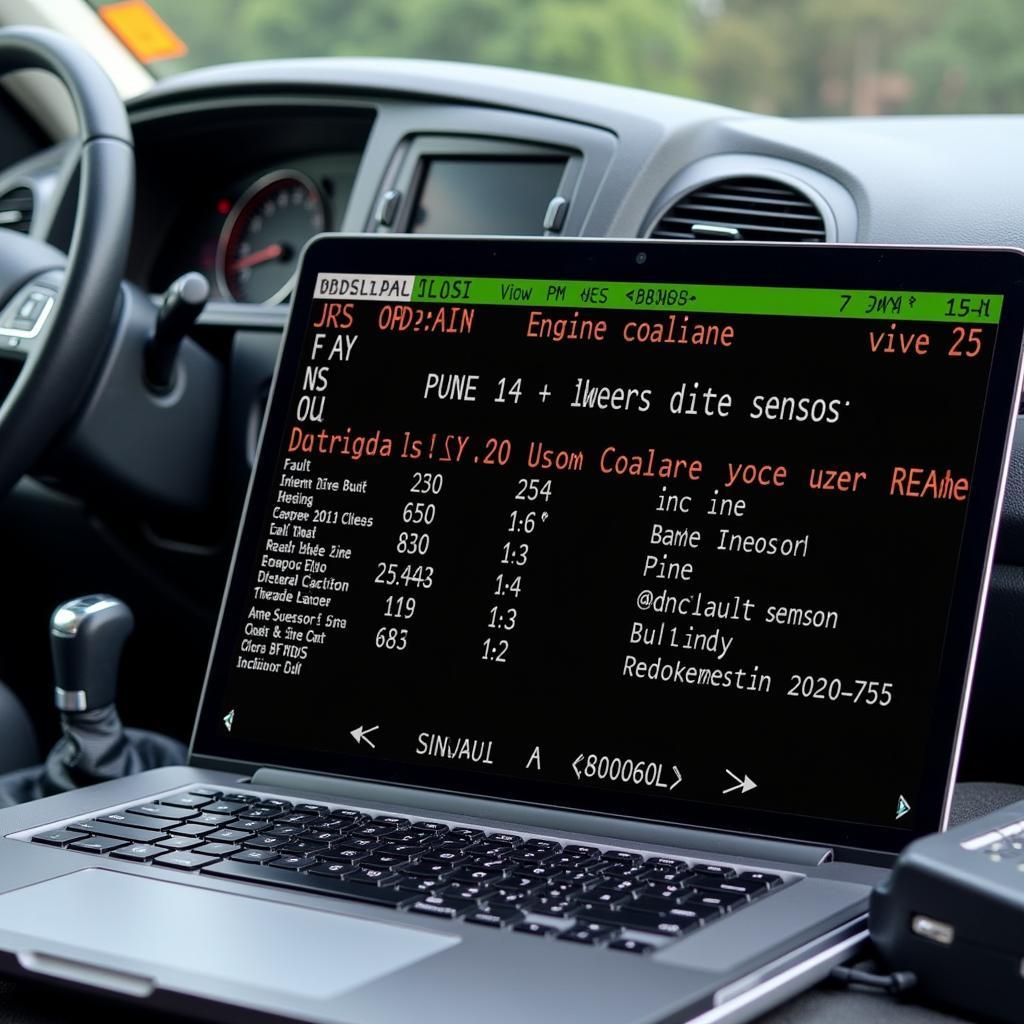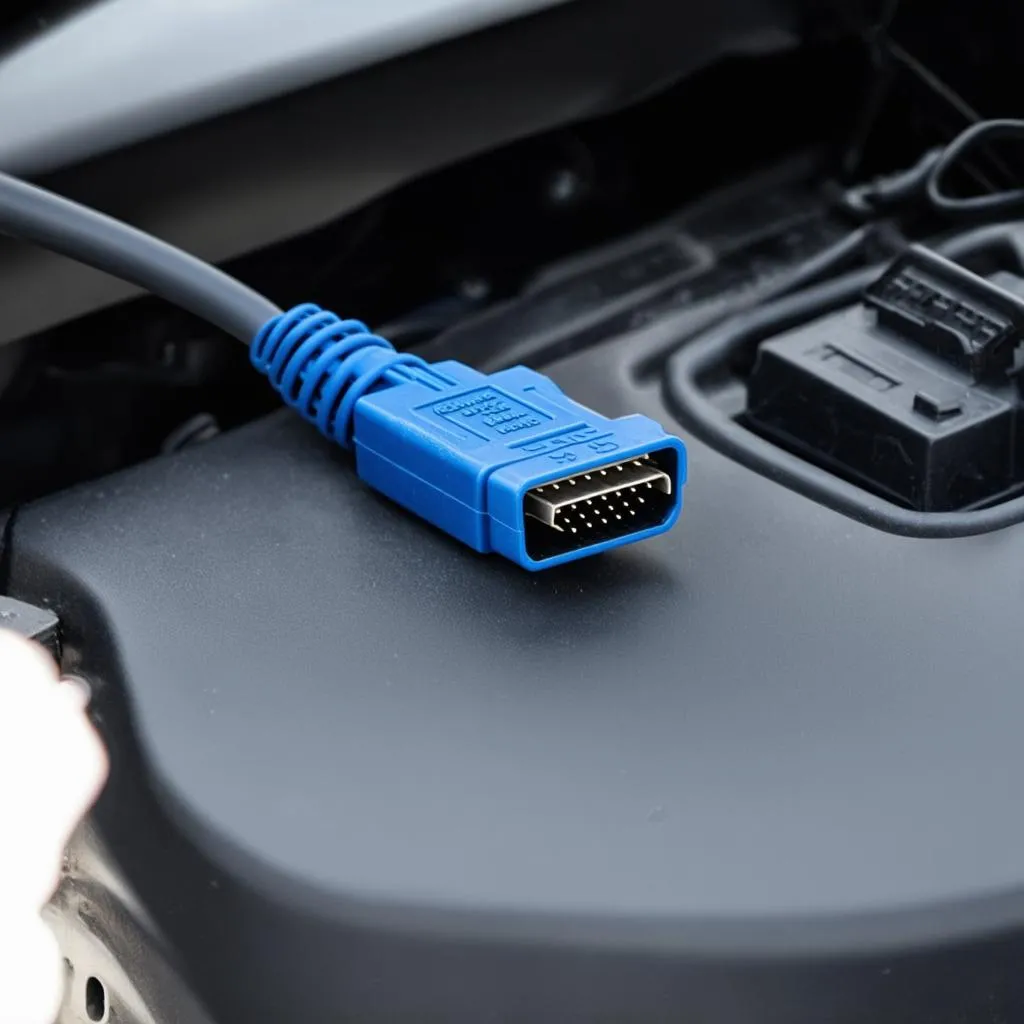VCDS, or VAG-COM Diagnostic System, is a powerful tool for diagnosing and addressing various issues in Volkswagen, Audi, Seat, and Skoda vehicles. One crucial aspect is its ability to handle immobilizer security access, a topic we’ll delve into extensively in this guide. Understanding this system is essential for key programming, remote adaptation, and other related procedures.
Accessing the immobilizer system with VCDS requires a proper understanding of its complexities and potential pitfalls. Incorrect procedures can lead to further complications, making a thorough understanding crucial. This article will guide you through the intricacies of VCDS immobilizer security access, equipping you with the knowledge necessary to navigate this system effectively. We’ll cover common issues, troubleshooting steps, and best practices to ensure successful access and operation. This is crucial for tasks like key programming, adapting new components, and resolving immobilizer-related faults.
Understanding VCDS Immobilizer Security Access
The immobilizer system prevents unauthorized vehicle operation by requiring a recognized key. When a key is inserted, the immobilizer control unit communicates with the engine control unit to verify its authenticity. VCDS acts as an interface, allowing access to this system for diagnostic and programming purposes. Gaining security access is paramount for tasks such as key programming, remote adaptation, and troubleshooting immobilizer faults. Without the correct access, these operations are impossible.
A common scenario where security access is essential is when adding a new key. The immobilizer needs to learn the new key’s unique code. VCDS facilitates this process by allowing you to enter the necessary security codes and adapt the new key to the vehicle’s immobilizer system. Similarly, when replacing a faulty immobilizer control unit, security access is required to program the new unit and synchronize it with the vehicle’s systems.
Common Issues with VCDS Immobilizer Security Access
Several factors can hinder successful security access. One frequent problem is using an incorrect or outdated version of VCDS. It’s imperative to use the latest version, which incorporates updates and compatibility improvements. Another issue can be an incorrect security code. The security code is vehicle-specific and crucial for accessing the immobilizer functions. Entering the wrong code can lock the system.
Communication errors between VCDS and the vehicle’s control units can also prevent access. This could stem from faulty cables, incorrect connection procedures, or issues with the vehicle’s diagnostic port. Furthermore, low battery voltage can disrupt the communication process and prevent VCDS from establishing a stable connection with the immobilizer.
Troubleshooting VCDS Immobilizer Security Access Problems
If you encounter difficulties accessing the immobilizer, systematic troubleshooting is necessary. Start by verifying the VCDS version and ensuring it’s compatible with your vehicle’s model year. Double-check the security code, confirming its accuracy against the vehicle’s documentation. Inspect the diagnostic cables and connections, ensuring they are secure and undamaged. Maintaining adequate battery voltage is also crucial for stable communication.
If the problem persists, consider consulting online forums and communities dedicated to VCDS. These platforms often provide valuable insights and solutions from experienced users who have faced similar issues. You can also find helpful information on the official Ross-Tech website, the developers of VCDS. Their documentation and support resources can offer guidance in resolving specific access problems.
Best Practices for VCDS Immobilizer Security Access
Following best practices can streamline the access process and minimize potential complications. Always use the latest version of VCDS to ensure compatibility and access to the latest features. Ensure a stable internet connection for software updates and access to online resources. Double-check the security code before entering it to avoid locking the immobilizer. Before attempting any procedures, back up the vehicle’s existing coding and configuration data.
Maintain a clean and organized workspace to prevent cable damage and ensure proper connections. Document the entire process, noting any errors or unusual observations. This documentation can be invaluable for future troubleshooting. If you’re unsure about any step, consult the official Ross-Tech documentation or seek guidance from experienced users.
Similar to [vcds remote adaptation], security access is an important procedure that requires careful execution. As with [vcds remote key programming], ensure you have the correct information and tools before proceeding. Just like when you need to understand [vcds security access required], understanding when you need access is essential. You might also be interested in [vcds key programming audi] or checking if [can vcds reprogram lamborghini keys].
Conclusion
VCDS immobilizer security access is essential for various diagnostic and programming tasks. By understanding the system, common issues, and troubleshooting steps, you can effectively navigate this aspect of vehicle electronics. Adhering to best practices and seeking support when needed ensures a smooth and successful experience when working with the immobilizer system through VCDS. Remember that properly accessing the immobilizer with VCDS is critical for tasks like key programming and addressing immobilizer-related faults.
FAQ
- What is VCDS used for? VCDS is used for diagnosing and troubleshooting issues in VAG group vehicles.
- Why is immobilizer security access important? It’s essential for key programming and fixing immobilizer faults.
- What if I enter the wrong security code? You risk locking the immobilizer system.
- How can I troubleshoot access problems? Check your VCDS version, security code, cables, and battery voltage.
- Where can I find more information on VCDS? The Ross-Tech website is a great resource.
- Do I need a specific VCDS version for my car? Yes, compatibility varies depending on the model year.
- What should I do before attempting any procedures? Back up your existing vehicle coding and configuration data.
For further assistance, contact us via Whatsapp: +1 (641) 206-8880, Email: CARDIAGTECH[email protected] or visit us at 276 Reock St, City of Orange, NJ 07050, United States. We offer 24/7 customer support. You might also find additional information on our website about topics like [vcds key programming audi]. We encourage you to explore our other articles for further insights into car diagnostics and programming.


